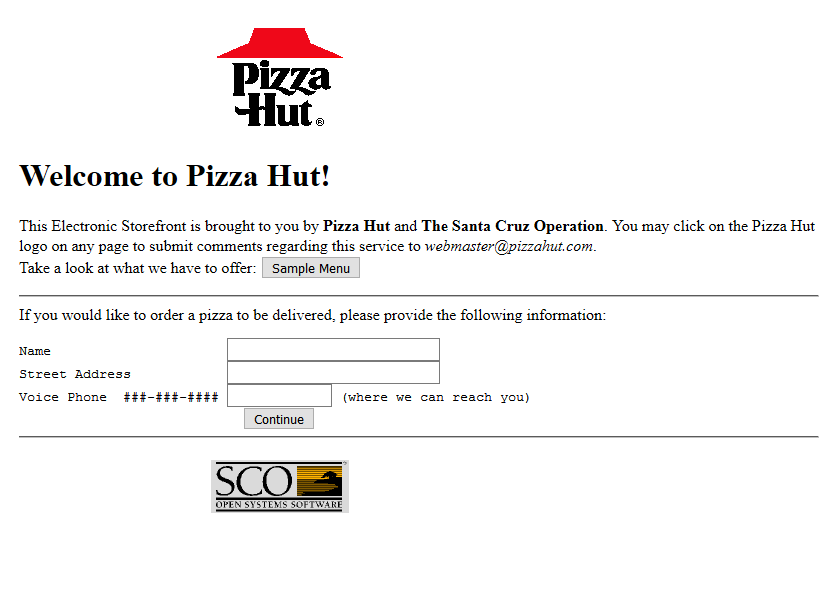BLACK FRIDAY
85% Discount for all November
85% Discount for all November

Blockchain
Web 3.0
Web3 has recently burst into the mainstream consciousness, with industry leaders across the traditional tech sector and blockchain ecosystem weighing in with a wide range of perspectives on the past and future of the Internet.
Before we dive in, a brief history of the term.
The term “Web 3.0” was first used during the dotcom era by HTTP pioneer Tim Berners-Lee to describe an integrated communication framework in which Internet data is machine-readable across different applications and systems—a concept he also referred to as the Semantic Web.
Later, in his 2014 blog post - DApps: What Web 3.0 Looks Like, Ethereum Co-founder Gavin Wood repurposed Berners-Lee’s expression, using it to refer to the ability of blockchain technology to define a “fundamentally different model for the interactions between parties” based on “a zero-trust interaction system.”
To truly grasp the meaning of Web3, it’s important to understand the history of the Internet and how Web3 differs from the versions of the web that preceded it.
Web 1.0 was the first iteration of the Internet we’re familiar with today, emerging in 1994 and ending around 2004 with the rise of social media giants like Twitter and Facebook. While the general public came to learn about the Web 1.0 Internet around 1994, Web 1.0 actually started as a U.S. government program called ARPANET, or Advanced Research Projects Agency Network, in 1968. ARPANET began as a small network of military contractors and university professors who exchanged data with one another.
The Web 1.0 Internet was mostly a collection of static HTML pages and afforded users limited ability to interact with each other. Although Internet gateways such as America Online (AOL) and discussion forums such as Usenet permitted private chat and discussion boards, for most the Internet remained a space where few interactions or financial transactions took place.
Where interactions and financial transactions did take place, they were limited in scope because there was a lack of secure infrastructure for transferring money. One of the most innovative Web 1.0 companies in this respect was Pizza Hut, which in 1995 created an order form for its customers that they could use to place an order and pay in cash once this order was delivered.

The web evolved around 2004 as user demand for social interactions, music, video sharing, and financial transactions grew dramatically due to improved Internet speed, fiber optic infrastructure, and search engine improvements.
This demand for greater interactivity gave rise to many of today’s Internet institutions and companies. Social media platforms like Facebook, MySpace, and Twitter facilitated social interaction; data-sharing applications such as Napster met the demand for online music and video; Google provided an effective means for users to navigate the huge quantity of online information. Traditional institutions such as Bank of America met the demand for financial interactions and electronic fund transfers, enabled by new encryption standards such as 256-bit AES.
This new, more interactive Internet improved users’ experiences of the web tremendously by adding new functionality. But it also presented a tradeoff that continues to define our online lives to this day: To benefit from these new functionalities and interactions, users have to delegate a large quantity of information and responsibility to siloed third-party platforms, granting these centralized entities a considerable amount of power and influence in terms of data and content ownership.

In 2008, Satoshi Nakamoto published the Bitcoin whitepaper, which outlined the fundamentals of Blockchain Technology and a peer-to-peer digital currency, setting a course to change the Web 2.0 paradigm. Bitcoin transformed how we think about digital transactions and provided the first secure means of exchanging money over the Internet that didn’t require a trusted third party. “What is needed,” Satoshi wrote, “is an electronic payment system based on cryptographic proof instead of trust.”
It was not until the invention of Smart Contracts that a decentralized model of the Internet truly came into focus. If Bitcoin enabled secure peer-to-peer payments and smart contracts could expand this idea of programmable agreements to more advanced use cases—insurance, gaming, identity management, supply chains—how would the nature of web experience and digital interaction evolve? By enabling users to directly and securely transact with one another, smart contracts created a fresh vision for an Internet that is fair, transparent, and powered by cryptographic truth.
Gavin Wood described this reimagined web—Web3—as a “Secure Social Operating System.”
Put simply, Web3 is a decentralized vision of the Internet that aspires to create an entirely new system of contracts and change the way that individuals and institutions reach agreements. Web3 brings back the decentralized architecture of Web 1.0, the first version of the Internet, which was replete with user-hosted blogs and RSS feeds, and combines it with the rich, interactive experience of Web 2.0 web applications like social media platforms to provide a digital ecosystem where data is user-owned and transactions are backed by cryptographic guarantees. Rather than having to trust brand-based paper promises, users can rely on deterministic software logic to execute agreements exactly as programmed.

This was all about the history and evolution of the Web.
In the next part, we will discuss the core elements of Web 3.0.
Meet you in the next blog, have a productive day!
Sunday, Feb 27, 2022